These pastries from around the world are so good, you'd want to sample these right now. They definitely don’t fall under the sugar free sweets recipes, but if you don’t mind the calories they can be really addicting.

It is a fascinating thing how a mere dough as it changes hands and uses different recipes, produces different results. Such is the case, that it’s hardly a surprise that there is a massive repertoire of sweet pastries around the world, a few hundred varieties at least, ranging from savory to sweet. Here is a fraction of some of them and definitely don’t expect to find them under sugar free sweets recipes.
1. Pastel de nata
The most famous egg tarts in the world, from Portugal, trace their origin to the Catholic monks and nuns in Santa Maria de Belém in Lisbon. It was made in the late 1600s to use up some leftover egg yolks used for cleaning. It was so tasty that soon after the local clerics wagered a deal with a local bakery to sell the egg tarts, the deal paid off in the end. The tarts aren't too sweet and the egg makes for a thick custard with a browned top and is garnished with a little sprinkling of cinnamon.
2. Galaktoboureko
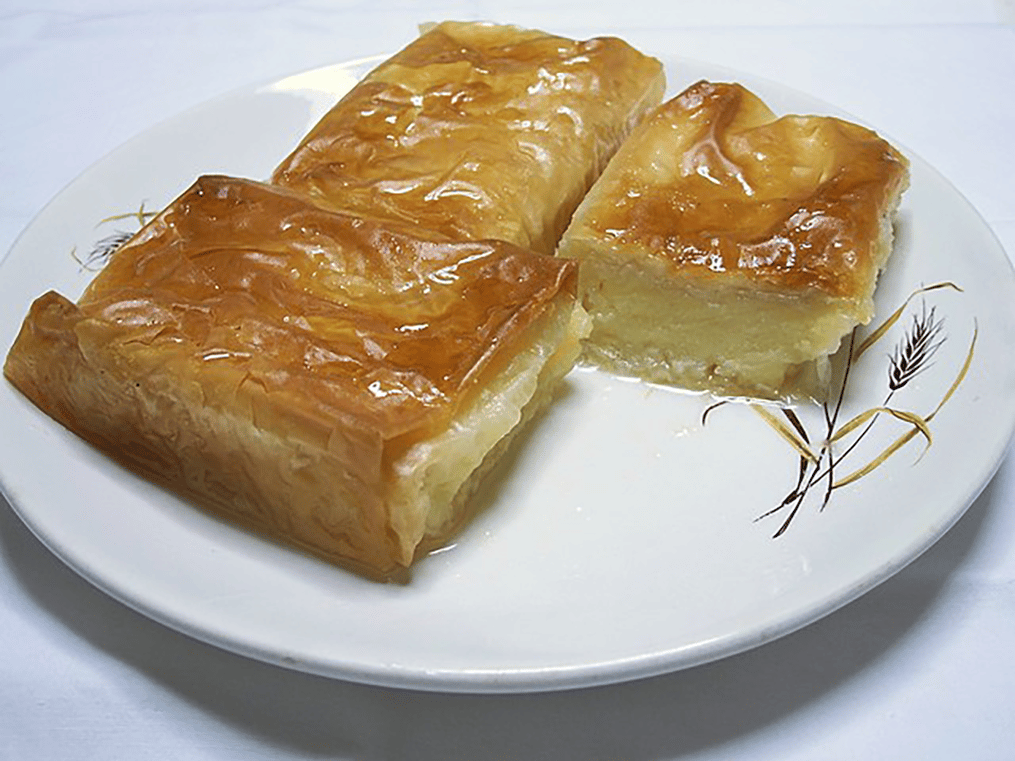
Phyllo sheets come second nature when it comes to Greek desserts and Galaktoboureko has thin layers of the dough between which goes a custard with semolina enriched with egg yolks. It's folded up and baked and once cool the sugar syrup is poured on it mostly spiced with orange blossom water. It's soft, sweet and quite velvety and you'll find it in pastry shops across the country.
3. Malasadas
A sugar dusting, sometimes with cinnamon, coated deep-fried dough or a kind of sweet pastry, Malasadas hails from Portugal. You might think them to be similar to doughnuts, they are, they just lack the holes in the center. The same item is made in Hawaii with a hole in the middle. It was brought in by Portuguese migrant workers in the 1800s who came to work on the local plantations. They are traditionally made without a filling but modern versions might have coconut pudding, chocolate or guava in them.
4. Fıstıklı sarma
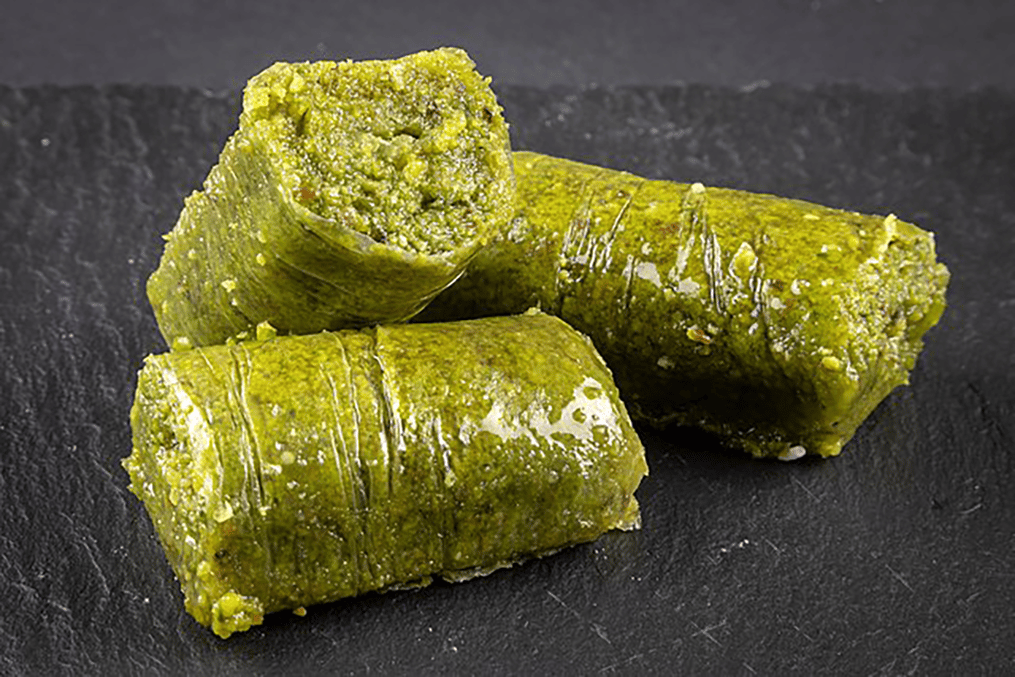
This Turkish dessert is a vivid green in color owing to the enormous amount of pistachio paste used in the dessert. The filling aka Fıstık ezmesi or pistachio butter is akin to the Western marzipan that is wrapped in one layer of phyllo dough. The thinner the dough, the more translucent is the shell and because of this, it's also known as a pistachio roll.
5. Pogácsa
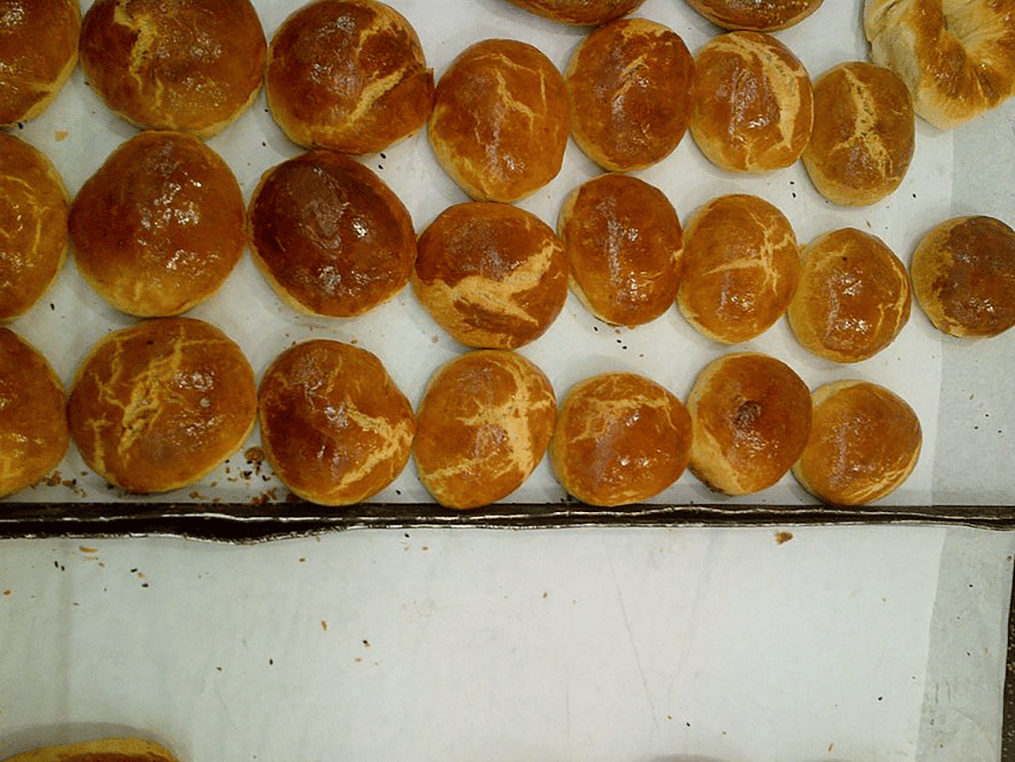
These pastries lean more towards the savoury side but sweet versions also exist and these are excellent nibbles. Pogácsa is from Hungary and might be larger than a few bite-sizes, like small muffins, and all of them are round with the base ingredient say pumpkin seeds, potatoes or cheese fixed into the dough and sometimes garnished before the dough is baked. Pogácsa finds mention in Hungarian folk tales and the tales usually have the hero pocket a couple of these sweet pastries before setting off for a long adventure.
6. Kouign-amann
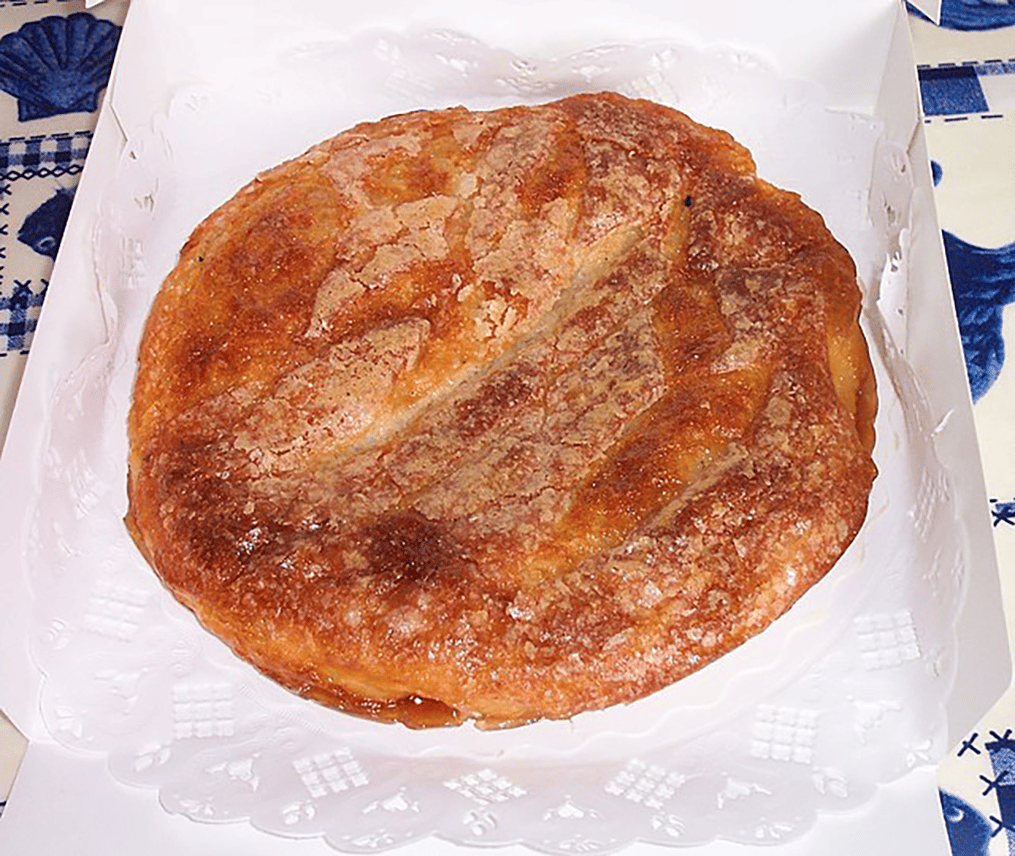
In the 1800s a cake, which isn't actually that much like a traditional cake, was made in the French region of Bretagne. Two Breton words fused to form the name of the dessert – kouign (cake) and amann (butter) and the pastry is infamously called the “fattiest pastry in the world”. French and failures go hand in hand in creating masterpieces and Kouign-amann was said to have been made when a baker in Douarnenez, tried to salvage some dough so he added more butter and sugar creating this sweet pastry.
7. Jabukovača
Similar in appearance to the German Apfelstrudel, the process of making Jabukovača is anything but identical. In fact, it is made in the same fashion as the baklava, where the thin sheets of phyllo dough have a filling made with chopped apples, sugar, vanilla sugar, walnuts, and lemon juice. The dough layers are then rolled and placed on a baking tray and once it is done a sugar syrup is poured on it to coat the pastry, infused with lemon and honey.
8. Rurki
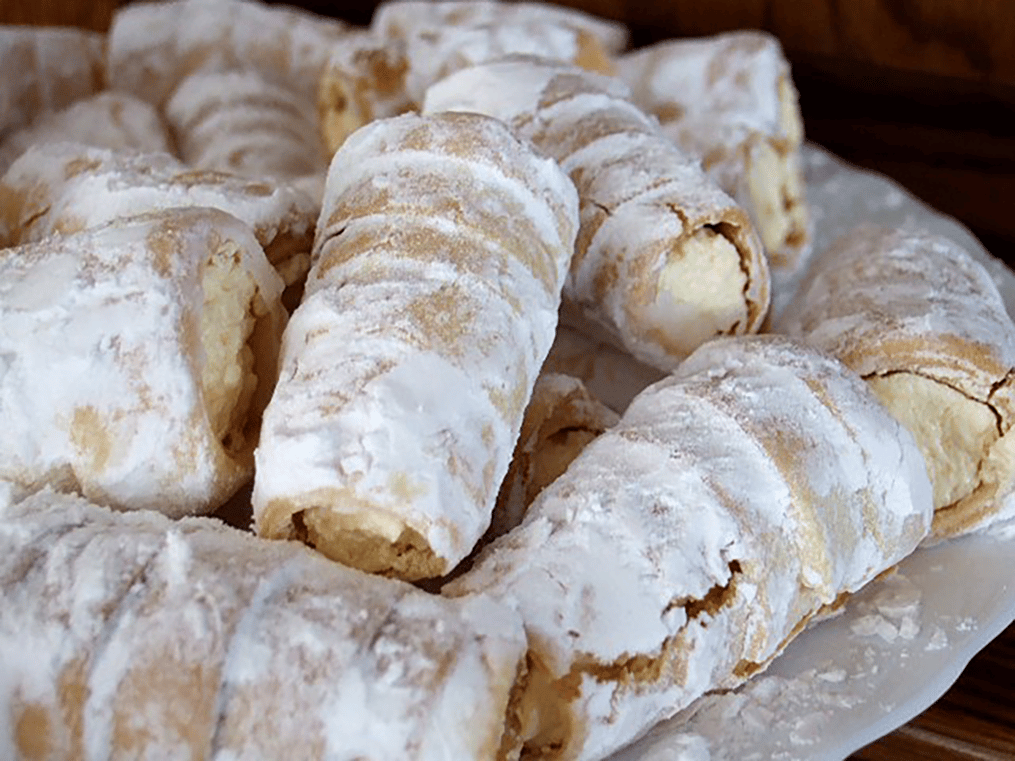
A cylindrical cream roll with concentric ridges, the Polish Rurki is made with a crispy wafer-like pastry shell filling pastry cream or whipped cream. It's called a torpedo often because of its unique shape. However, its origin is said to be in Turkey and once under Ottoman rule in Bulgaria. The appearance differs a tad in the neighboring countries where it is made and the filling might also differ, but it remains a staple street food in Poland.
More Like This
Popular Articles



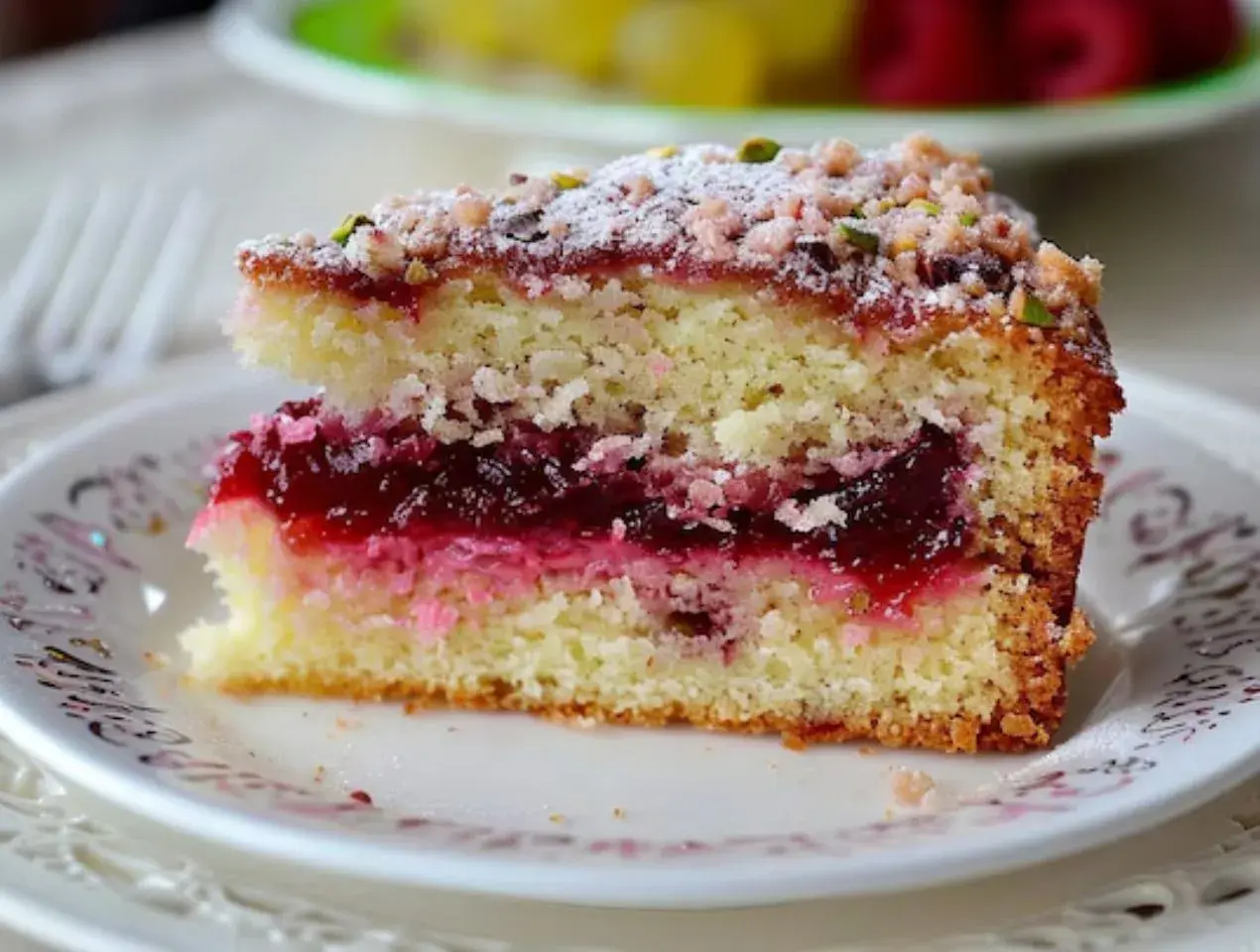
Trending Web Stories
Curated Recipes

















